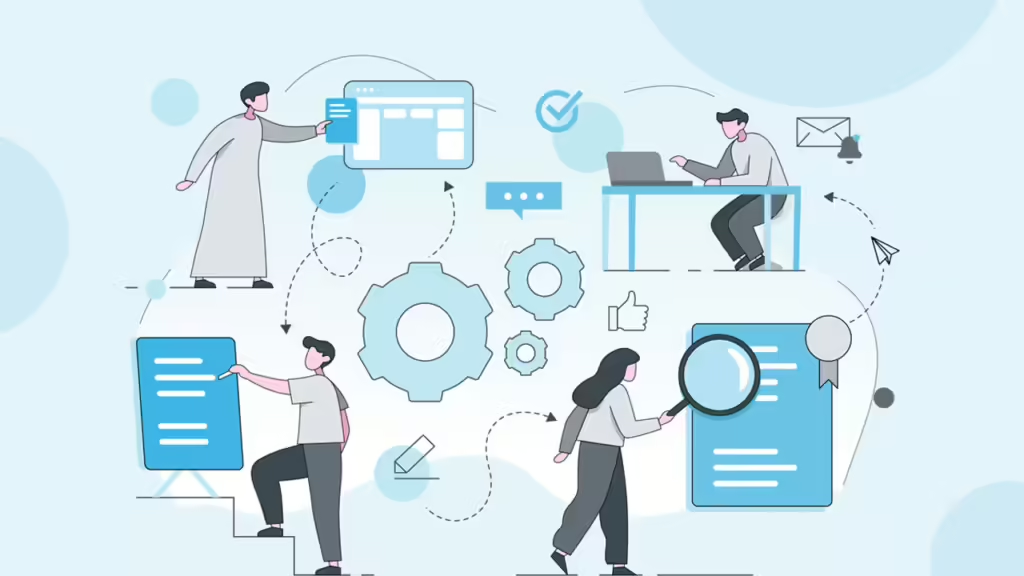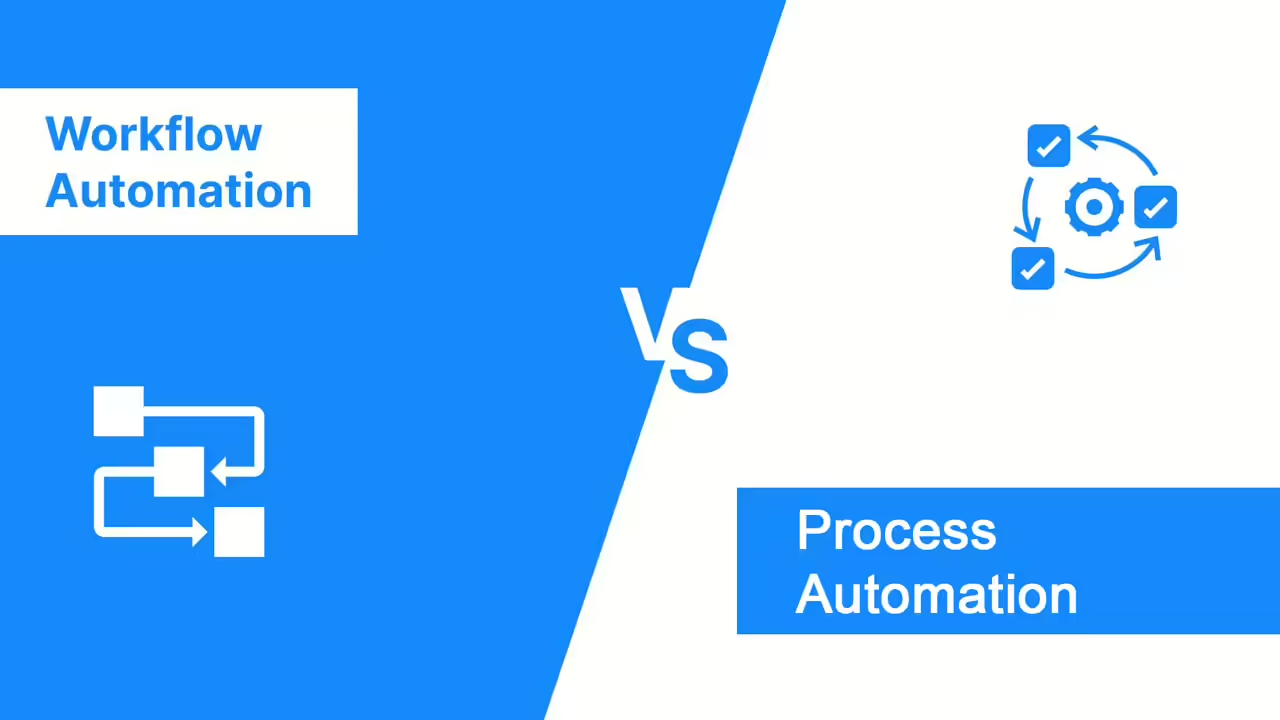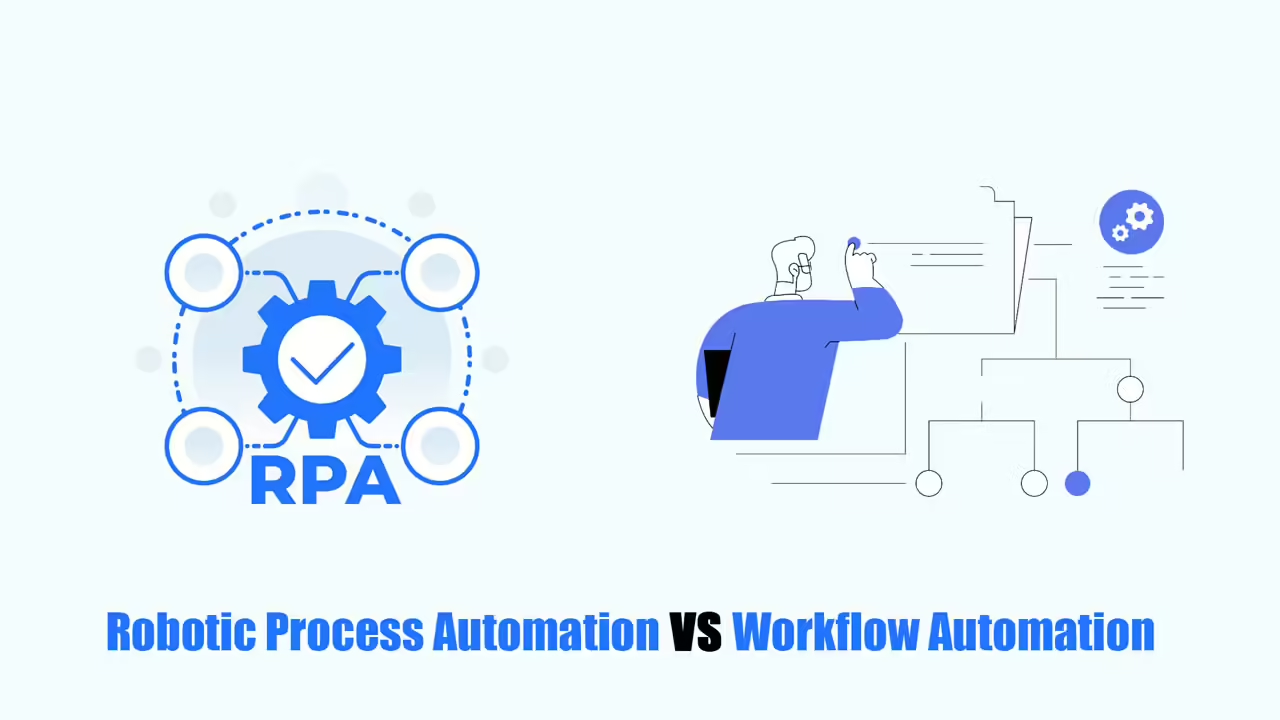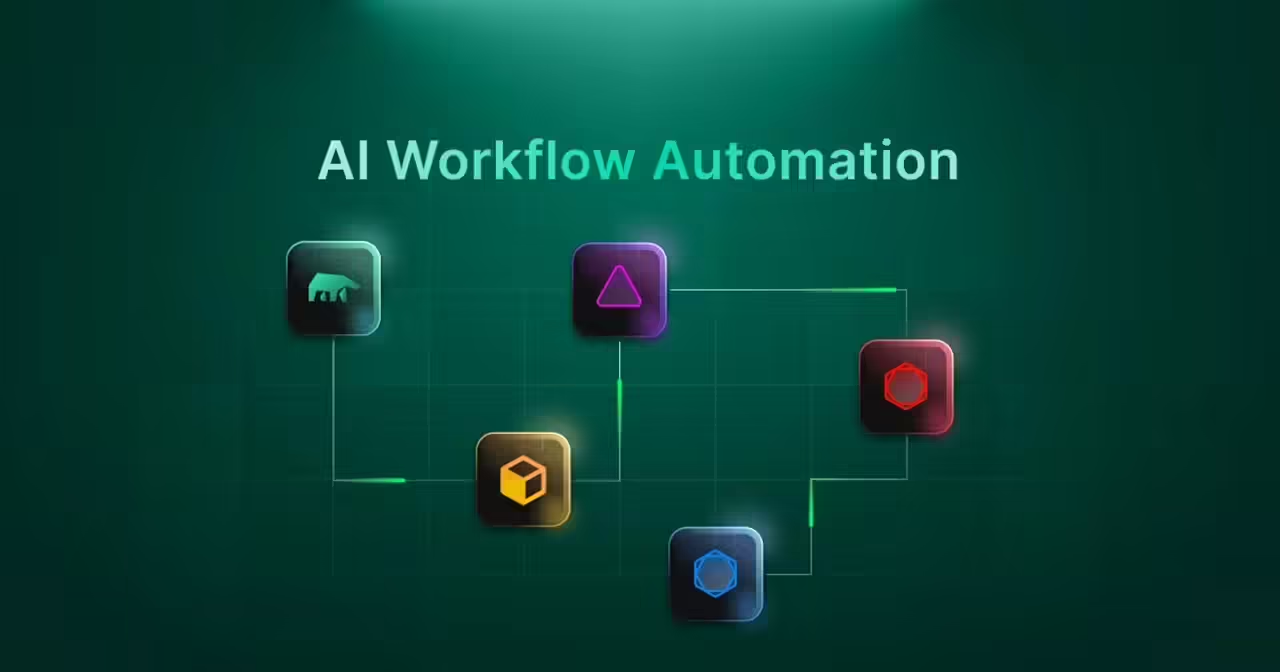In this guide, we’ll learn about what legal workflow automation software is, how to choose the suitable one, and the best way to use these tools in your firm.
Law firms make money by charging for the time lawyers spend working for clients. This includes time spent on:
- Admin work: Tasks like paperwork and organizing files.
- Getting new clients: Meeting with potential clients and setting up their cases.
- Billing and collecting payments: Sending bills to clients and making sure they get paid.
- Running the business: Managing the law firm’s day-to-day operations.
Law firms want to spend more time on tasks that make them money, like helping clients.
But, there are also tasks that don’t bring in money, like admin work. These tasks still need to be done and can take up a lot of time each day. This is where legal workflow automation tools that automate legal tasks can help.
What is Legal Workflow Automation?

Legal workflow automation is like having a helper for law firms. It takes care of repetitive tasks, like billing or organizing documents. This frees up lawyers and their teams to focus on important work that needs their special skills and knowledge. By using legal workflow automation software, law firms can get more done, make fewer mistakes, and lower their costs.
Top 5 Legal Workflow Automation Software
Finding the best way to make your work easier might involve using different tools together. Picking the right tool to manage your law firm can be tricky, with so many choices out there. So, we’ve made it simpler by choosing five of the best options:
Briefpoint
Briefpoint uses AI to automatically create documents for discovery requests and responses. It reads through documents, picks out important details, and suggests different ways to respond or object.
This legal workflow automation software saves law firms lots of time that they would normally spend manually creating these legal documents:
- Requests for Admission
- Requests for Production
- Interrogatories
Clio
Clio is a good legal workflow automation tool for lawyers that helps them manage almost everything in their practice. It offers a bunch of tools for keeping track of cases, documents, bills, time spent working, and talking to clients. This makes it a great choice for law firms of any size.
Plus, because Clio works online, you can use it from anywhere. This allows attorneys to access their information while on the go or out of the office.
Smokeball
Smokeball is a great tool for small and medium-sized law firms. It helps you automate everyday tasks to make your work easier.
It’s really good at organizing cases and creating legal documents automatically. It also has tools that help you keep track of how cases are going and manage information about your clients.
PatentPal
PatentPal is a special tool made just for people who work with patents. It automates and makes easy the hardest parts of writing and managing patents.
PatentPal helps to save time and effort when applying for patents. This makes it super useful for people who work with intellectual property law. The software focuses on being efficient and accurate when handling patent documents. This helps professionals maintain high quality work while dealing with many cases.
FileStage
FileStage is a helpful legal workflow automation software for law firms and legal teams who want to make reviewing and approving documents easier. It’s a platform where legal teams, clients, and other people involved can work together on documents and multimedia content.
With FileStage, it’s easy to upload documents to a safe online space. People can then give feedback and make notes directly on the file. This not only makes the review process faster, but it also helps avoid confusion and mistakes that can happen when sending documents back and forth through email or using paper copies.
How to Select a Legal Workflow Automation Software?
Making your law firm more automatic might seem tough, but it’s simpler than you think if you do it the right way.
Here are six things to think about when adding new legal workflow automation software to your daily tasks.
Select Tasks to Automate
The best way is to start with one task at a time. And it’s best to start with one you don’t enjoy doing.
Assess the Value of Tasks
You’ve listed all the tasks you don’t like doing. Now, let’s figure out which ones you can make automatic.
Think about these questions for each task:
- Does it take a long time to do?
- Is it boring and repetitive?
- Is it something you have to do, but you don’t get paid for it?
- Does it need to be done quickly?
Build a Plan
Once you’ve figured out which tasks your law firm can automate, make a plan to tackle them one at a time.
You’ll also need to decide which tasks to automate first, making sure it doesn’t cause problems for your lawyers and clients.
And don’t forget to think about your other team members who will be using these tools, like your paralegals, so you pick the right legal workflow automation software for everyone.
Research Legal Workflow Automation Software
After you’ve figured out what to automate first, do some research to find the best tool for your law firm. This will depend on your timeline and budget. The Clio App Directory is a good place to start looking.
If you can’t find what you need, tools like Zapier can help you automate tasks between different programs you use. Also, consider automating tasks for your paralegals to make their work easier.
Another helpful tool is something that automates documents, like Clio Draft. This helps turn Microsoft Word documents into reusable templates that you can fill in.
Don’t forget about artificial intelligence (AI)! The legal industry is already using AI in many ways. You might not notice it, but it helps lawyers and paralegals do their jobs better. AI can help law firms prioritize clients and improve their services.
By automating documents, legal professionals can:
- Work faster: Create multiple documents at the same time and share information easily with everyone involved.
- Make fewer mistakes: Fill in and change details across many documents from one central place.
- Spend more time with clients: Less time spent manually creating documents means more time for clients.
Develop a Management Plan
Changing technology can be scary and confusing for your team. It’s important to tell them about the plan and make sure they know how to use the new legal workflow automation software. The earlier you tell them about the changes, the better!
Review
Even though you can set up automation to run by itself, it’s good to check on it regularly. There are many ways to customize automation tools, and each one offers special features. It’s important to keep learning and improving how you use the technology.
Also, ask your team and clients what they think. Their feedback can help you find ways to make things even better and save more money.
Read more:












